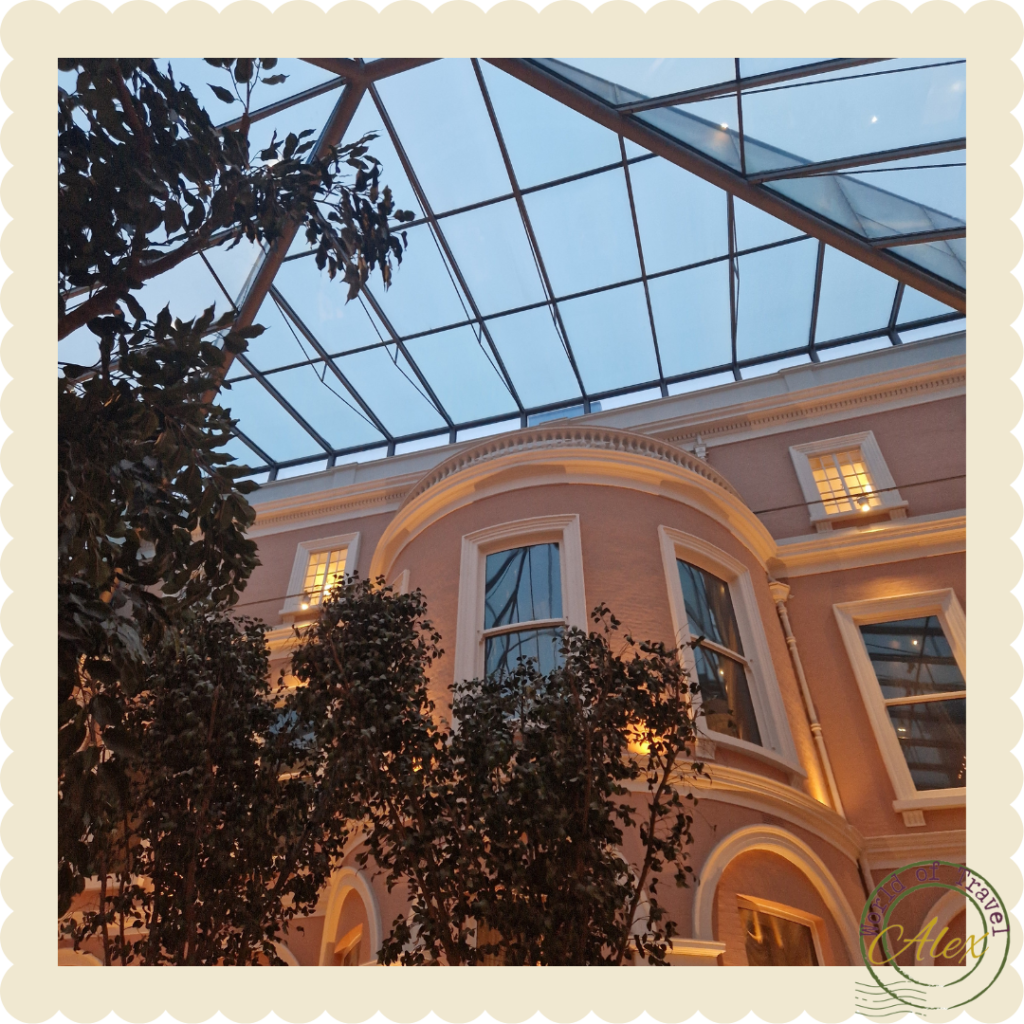The Wallace Collection
Discover the Wallace Collection, a national museum in a historic London townhouse.
This post will guide you through the splendor of the galleries, the fascinating history, and highlight some of the most fascinating artefacts.
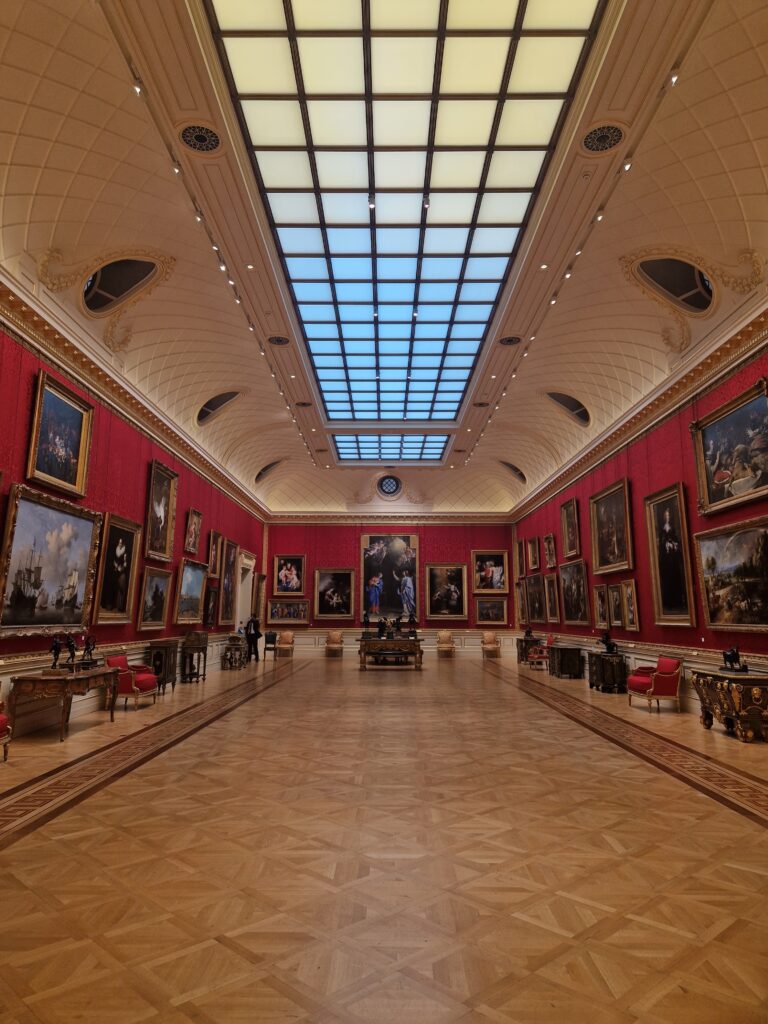
The Wallace Collection is a hidden gem in the heart of London. Nestled in Manchester Square, close to Oxford Street, this museum exhibits an extensive collection of fine and decorative arts from the 15th to the 19th centuries. It includes an impressive lineup of paintings, sculpture, furniture, arms and armor, and porcelain.
The museum is free to enter and offers an intimate experience, allowing visitors to not only enjoy some fantastic exhibitions, but transport themself back to in the elegance of a bygone era.
Hertford House
The Wallace Collection is housed in Hertford House, a historic London townhouse. Originally built between 1776 and 1788, it has undergone various renovations and expansions over the years. Between 1872-1875 Hertford House were re-constructed to accommodate the vast collection.
The Marquesses of Hertford and Sir Richard Wallace, after whom the museum is named, acquired the extensive collection during the 18th and 19th centuries, turning the residence of Hertford House in London into a grand display of art and culture.
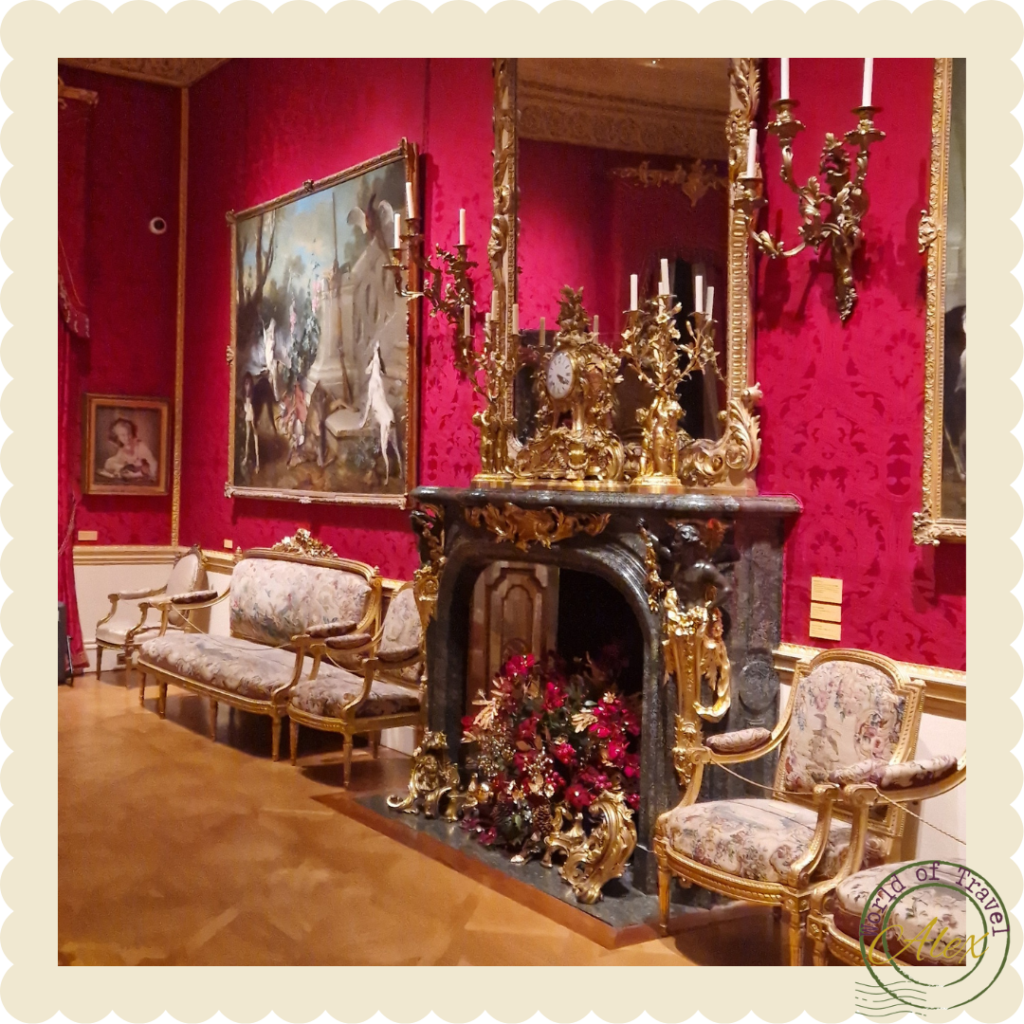
History of the Collection
The Wallace Collection is a collection by the Hertford family, especially the 3rd and 4th Marquesses. While earlier Marquesses acquired notable works by artists like Canaletto, Reynolds, and Gainsborough, it was the 3rd Marquess who kindled the family’s genuine passion for art and collection. A friend of the Prince Regent, he gathered a significant collection of 17th-century Dutch paintings, French furniture, gilt bronzes, and Sèvres porcelain.
However, the Collection’s essence is truly shaped by the acquisitions made by the 4th Marquess which form the bulk of what’s seen today in the Wallace Collection. This includes paintings, porcelain, furniture, and an extensive array of non-European arms and armor. The Marquess was one of the 19th century’s greatest collectors. Much of the items he acquired had to be kept in storage.
Richard Wallace, knighted in 1871, likely the son of the 4th Marquess, inheriting the collection in 1870. In 1872, Wallace added medieval, Renaissance, and European arms and armor.
Upon his death in 1890, Wallace’s widow, Lady Wallace, inherited the collection. In 1897, she bequeathed the artworks on Hertford House’s ground- and first floors to the British nation. Today, the Wallace Collection is an impressive showcase of art, reflecting a rich history spanning several generations.
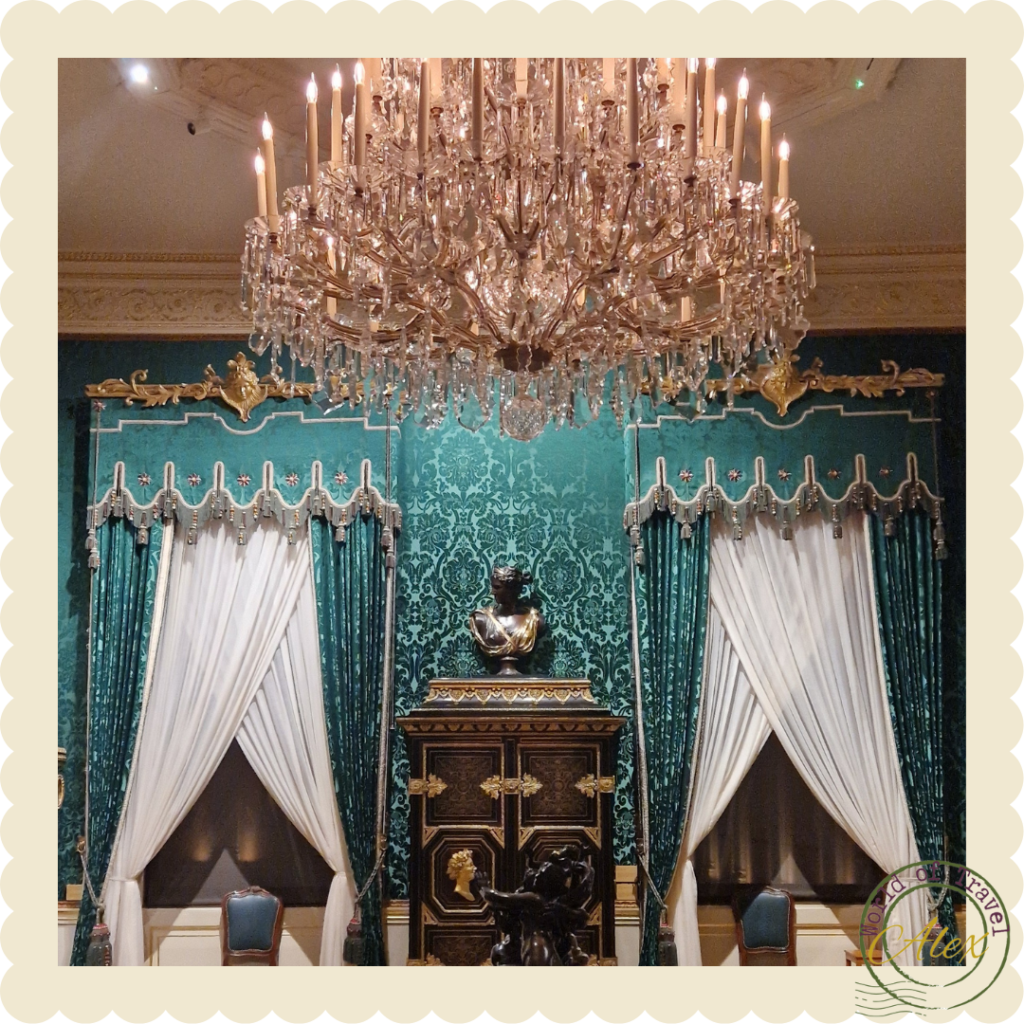
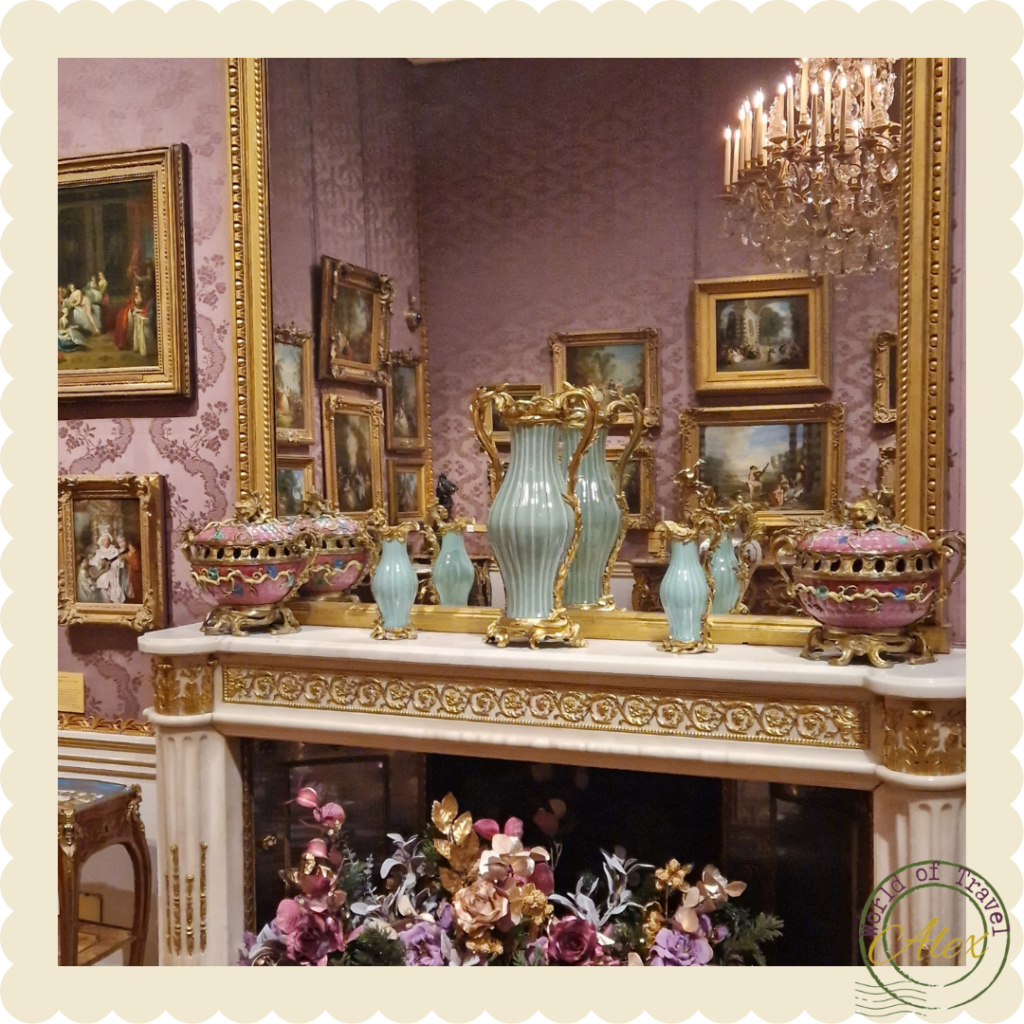
The Laughing Cavalier by Frans Hals
The Laughing Cavalier, painted in 1624 by the Dutch artist Frans Hals, is a testament to Hals’s talent in capturing both character and fashion. The painting was bought in Paris 1865, for 51,000 francs, on behalf of Richard Seymour Conway, 4th Marquess of Hertford (1800–1870).
Though not actually depicting laughter, the portrait gives of a sense of liveliness and immediacy, making it a highlight of Hals’s career. The sitter, a twenty-six-year-old man, is depicted life-size, giving off an air of confidence and style that was characteristic of the Dutch elite of the time.
The Swing by Jean-Honoré Fragonard
The Swing, a Rococo painting by Jean-Honoré Fragonard. Acquired by the 4th Marquess of Hertford at the sale of the Duc de Morny’s collection in Paris in 1865, this artwork had already established itself as one of the most renowned French paintings.
Set against a backdrop of a whimsical garden, the painting depicts a young woman on a swing, pushed by an unseen suitor, with an admirer watching from below. This scene illustrates the lightheartedness and ornate style of the 18th-century French aristocracy.
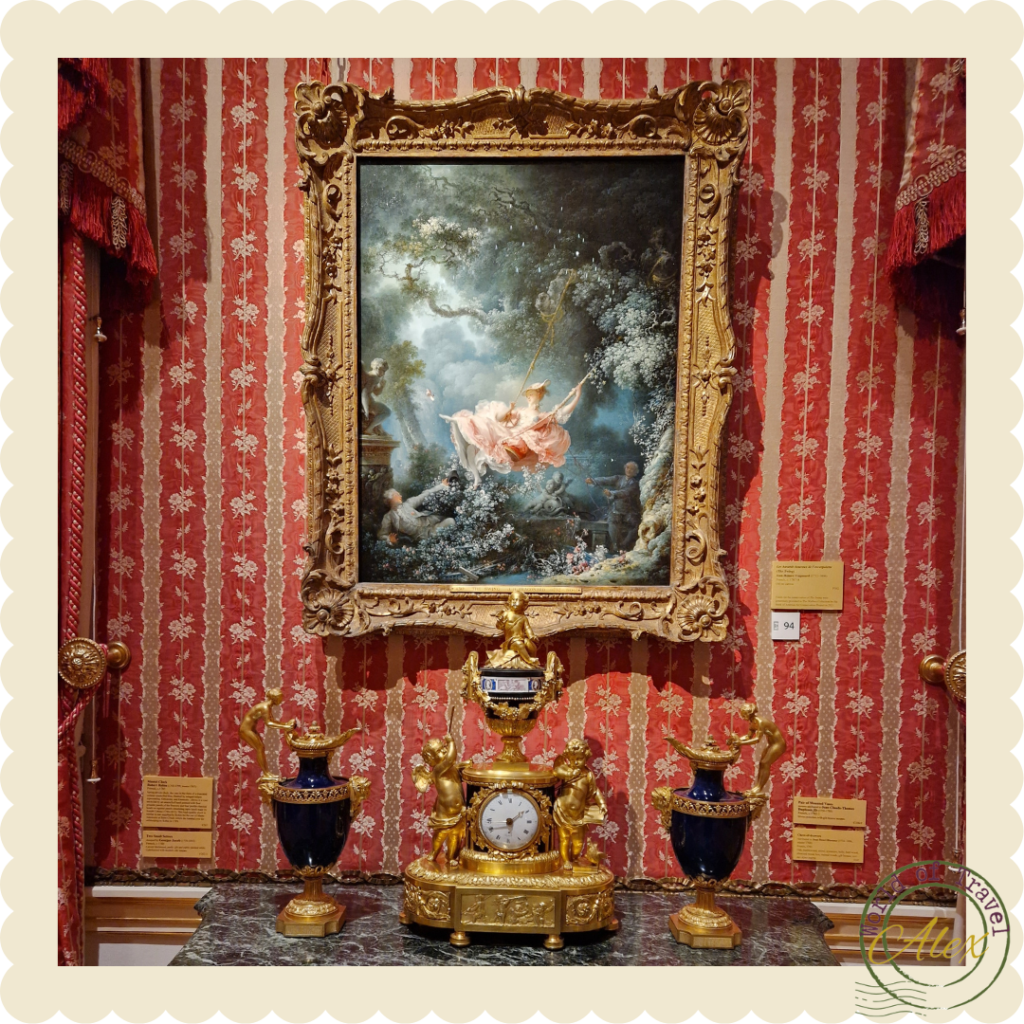
The Arms and Armour Collection
The Wallace Collection holds one of the most significant assortments of arms and armor in the UK. Among its highlights are pieces from European and Oriental origins, including decorated firearms, swords, and suits of armor, each with its own story and craftsmanship.

Accessibility and facilities
The museum is wheelchair accessible, with lifts and facilities available for visitors with disabilities. In the courtyard is a cafe and restaurant.
From the central courtyard, there is access for WC on the lower ground. Here you are also a staffed wardrobe where you can hang in coats and bags for free.
Public transport
Train: Marylebone Rail Station, approximately10–15min walk.
Underground: Easily accessible via the London Underground, the closest stations are Bond Street and Baker Street.
Bus: Busses 2, 10, 12, 13, 30, 74, 82, 94, 113, 137, 274 stop near Manchester Square.
Opening times and admission
Daily: 10am-5pm
Entrance is free.
